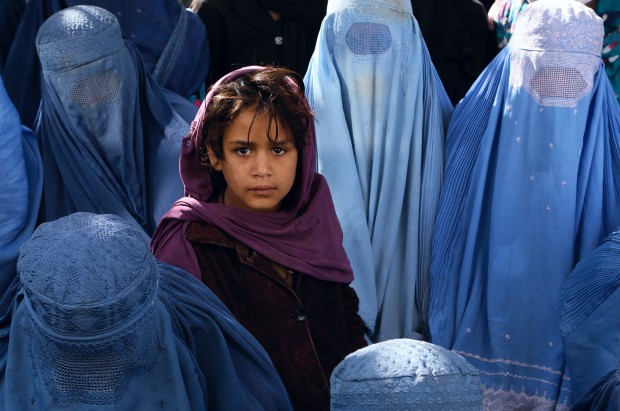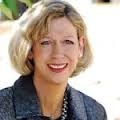“THE MASK”
Broadcast in a country where women have few rights and are seldom protected by the law, a revolutionary talk show in Afghanistan is helping women find a voice to tell others about the violence they have lived with. It is called “Niqab” (which means a veil or mask in English) because the women are too afraid to speak out unless their faces are completely covered and their identities kept private. One half of the mask is pale blue, which represents both the color of the burka and the symbol of female oppression, while the other half is white, which represents their innocence.
Supported by an audience consisting of therapists, human rights activists, and experts on Islam and the legal codes, some of these women have never spoken before about the abuse and torture they have faced privately and quietly. Although many are too nervous to say much or too overcome with emotion to do anything but cry, the ones who can speak tell tragic stories of isolation, beatings and rape. Viewed more as a “possession” rather than as a human, many of these women were forced into marriage while they were still in puberty, or were “exchanged” or “sold” as a payment of debt. In one case, a 12-year-old girl, whose brother had murdered a man, was given to the victim’s family to make amends. Although the family’s debt was cleared, this girl’s life was ruined as she was verbally abused and beaten daily by her in-laws. Another woman told how she was forced to marry a known rapist when she was 15 years old, and he was 58. He used to bring women home and rape them in front of her and then threatened to kill her if she told anyone or tried to escape.
Although much of this violence is against the law and against the beliefs of Islam, it still happens to many Afghan women every day. Since more than half the girls are “forced” into a marriage or are engaged by the time they are 10 years old, very few are able to continue their education and most stay hidden at home living very traditional lives of cooking, cleaning and bearing five children, on average. With a female literacy rate of only 12%, poor health care and a life expectancy of only 44 years, women in Afghanistan have few rights and even fewer options.
While there have been many reports that women have much better lives since the Taliban was overthrown in 2001, Afghanistan is still a man’s world and there are few laws that protect a woman’s role in the family. The recent proposed legislature (raising the minimum age of marriage from 9 to 16 and making bride barter and spousal abuse illegal) has caused such a furious debate, particularly amongst conservative male lawmakers who vehemently oppose it, that many doubt there is a chance of it passing anytime soon. Also, if you are a Shi’a woman (one-fifth of the female population), you have even fewer rights. In 2009, President Hamid Karzai signed a law which prohibits women from working or being educated without their husband’s permission, allows marital rape, and forbids them from leaving their house unless they have a “legitimate” purpose. There is also a growing fear that the Taliban’s influence will become stronger as NATO begins to withdraw their troops.
For more information on women in Afghanistan, please refer to: http://www.trustineducation.org/why-afghanistan/life-as-an-afghan-woman/
Copyright © 2013 (Michelle Parsons, Getting Back on Your Path). All Rights Reserved.


Very Good!!!
Love,
Al